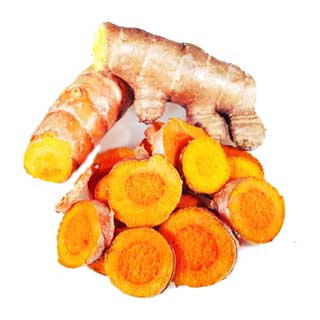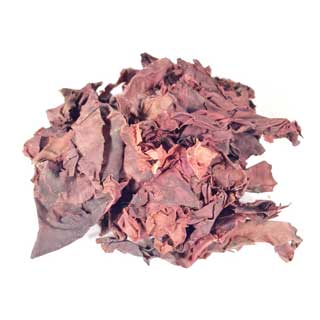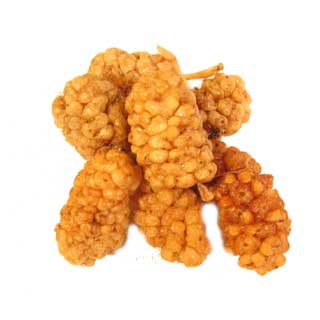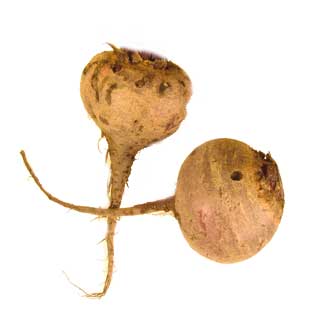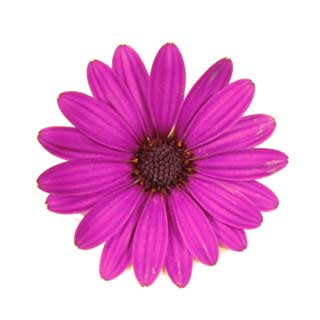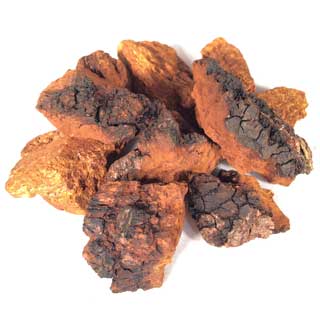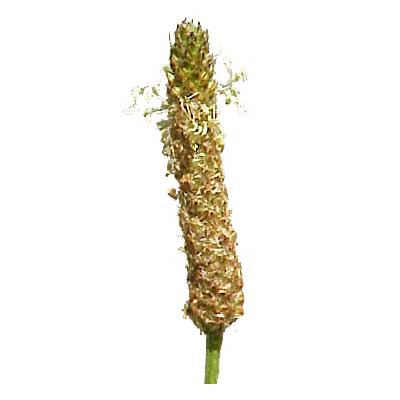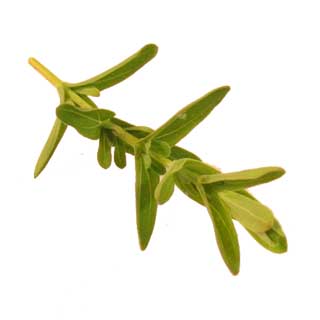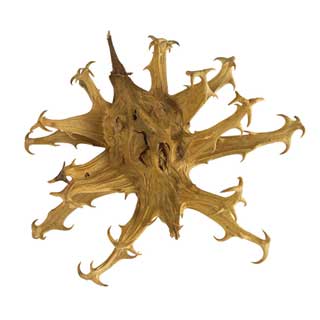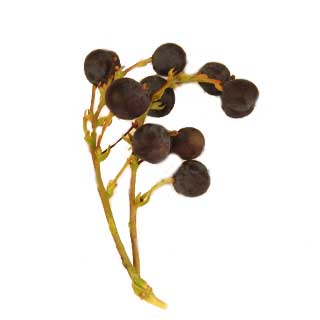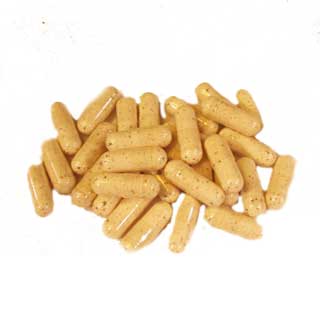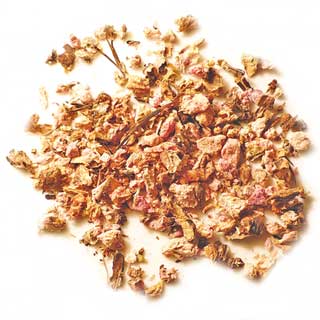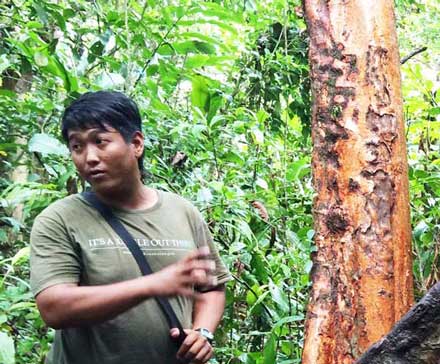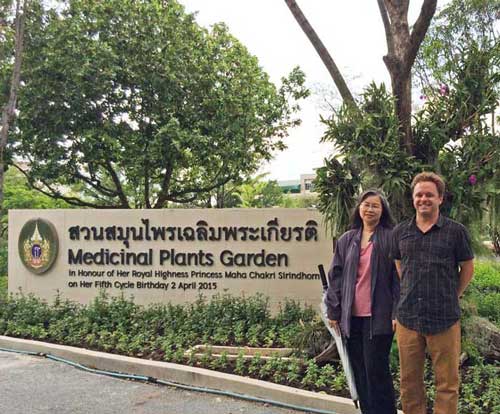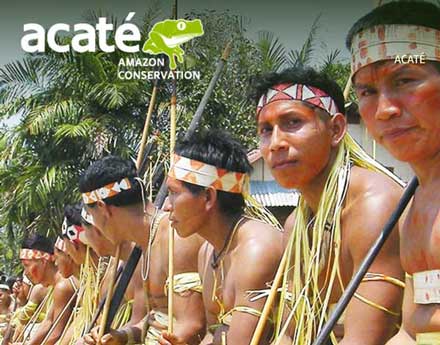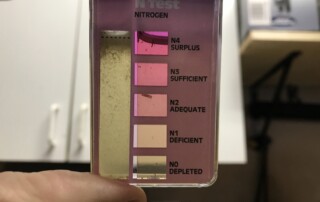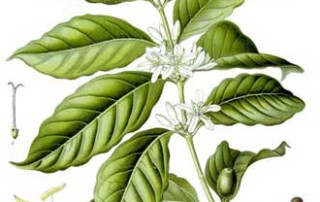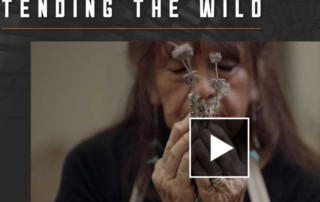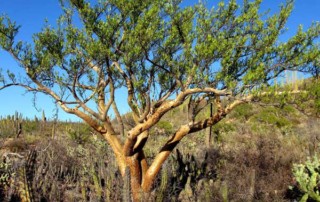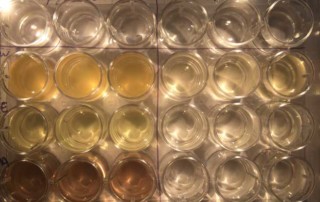EthnoHerbalist explores the biology, cultural history and health benefits of medicinal plants.
Humans have always relied on plants when seeking nutrition and remedies for illness.
This makes sense as plants are filled with biologically active chemicals. These chemicals engage in meaningful ways with the cellular pathways in living organisms. When humans consume plants, these chemicals are transferred into our body and some of these chemicals can then improve our physiology and keep us healthy.
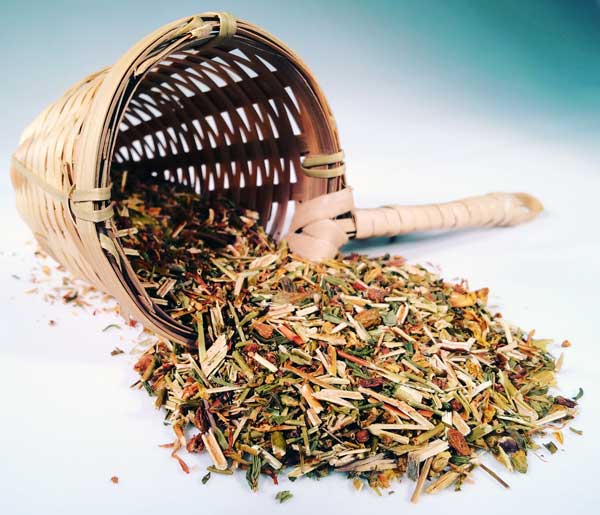
There is no question that plants play a key role in human health.
70% of the global population currently relies directly on wild plants for medicine.
In the United States, about 25% of prescription drugs are derived from plants.
In 2020, as we learn more about nutritional science and chronic illness (obesity, diabetes), it is increasingly apparent that a plant-rich diet is a key ally in our quest for good health.
Click on a plant below to learn more…
Turmeric
Turmeric is a flowering plant from Asia. Turmeric roots are rich in curcumin, a compound with anti-inflammatory and anti-oxidant properties.
Dulse
Dulse is a red algae that grows along rocky coastlines. This tasty vegetable is packed with minerals, vitamins, fiber, protein and anti-oxidants.
Mulberry
White mulberry is a tree from China. The leaves and fruits are high in fiber and protein.
Maca
Maca is a Peruvian plant with a thick radish-like root. Both men and women take this superfood for stamina.
Echinacea
Echinacea is a genus of purple coneflowers from the sunflower family. All parts of the plant are thought to strengthen our immune system.
Chaga
Chaga mushrooms grow in the cold, northern forests. Chaga tea may enhance our immune system and serve as an antioxidant.
Psyllium Husk
Psyllium husk is the seed coat from a plant called Blond Psyllium. This husk is a rich source of soluble fiber, which helps with digestion and LDL cholesterol levels. Photo: JoJan
St. John’s Wort
St. John’s wort is a yellow-flowering herb native to Europe. This plant is widely used as an alternative to prescription anti-depressants.
Devil’s Claw
Devil’s Claw is an African plant with a spiny seedpod. A root extract is thought to aid back pain and osteoarthritis. Photo: Roger Culos CC BY-SA 3.0
Elderberry
Black elderberry is a flowering tree native to Europe. The plant contains compounds that may boost our immune system.
Butterbur
Butterbur, a member of the sunflower family, displays rhubarb-like leaves and thick roots. Butterbur is used in response to migraine headaches.
Rhodiola rosea
Rhodiola is a flowering plant from Central Asia. The roots of this plant are used in response to stress, fatigue, anxiety and depression. Photo: Badagnani (CC BY 3.0)
At EthnoHerbalist, we have compiled a page that describes the ethnobotany of southern California.
This page lists many of the native plants that were used for food, medicine, art, tools, clothing and shelter by various groups of southern California Native Americans. We also briefly describe the various plant communities of southern California.
Thanks for visiting the EthnoHerbalist!
4/21/2021: New article just published on delta-8, a trendy new cannabinoid with legal issues.
Looking for a book that will connect you with the wild elements of this planet?
Here’s my recommended reading list.
Warning: All of my books contain a botany, ethnobotany or drug discovery component.
Ask an Ethnobotanist?
Ethnobotany is the study of the relationship between people and plants. This field of study explores the way humans use plants for medicine, food, shelter, art, ext.
We may be biased, but we find ethnobotanists to be incredibly interesting people.
The EthnoHerbalist site publishes articles and interviews with ethnobotanists and plant biologists from around the world.
The purpose of Ask an EthnoBotanist is to explore the current state of medicinal plants, drug discovery and habitat conservation.
Which plants continue to provide health benefits?
Can the indigenous people who discovered these plants be compensated if commercial success is achieved with the plant?
Can the search for new natural medicines play a role in habitat conservation?
We’ll be exploring these topics in our Ask an Ethnobotanist articles.
Khairol, a Borneo native, describes the wild plants of Sabah. I wrote this article documenting our time with Khairol.
Lesley Randall describes the chaparral and coastal scrub biomes found within the San Diego Botanic Garden. In this article, we discuss the ethnobotany of the Kumeyaay culture as presented along the Native Plants and Native People Trail.
We recently had the chance to sit down with a group of Thai botanists. They showed us their new medicinal plant garden in Suanluang Rama IX Park in Bangkok, Thailand.
Acaté is an international organization that strives to support the indigenous communities of the Peruvian Amazon. Acaté recently helped compile a comprehensive encyclopedia of medicinal plants from the region. This accomplishment was a collaboration with the Matsés healers from the region.
The Philosophy behind the EthnoHerbalist site
There is no question that plants play a key role in modern medicine.
The challenge is to decide which plants are most beneficial. There’s a lot of information on herbal supplements out there…some of it good and some of it is awful.
We’re here to help guide you through this information.
How can you determine which medicinal plants are beneficial?
This is a great question. We consider the following factors when deciding which plants to discuss.
1. The medicinal value of a plant is partly determined by the historical use of the plant.
The story of human civilization is interwoven with plant based medicine. Thousands of years ago, native peoples around the world fought for survival every day. Their only resource was the natural world. Through trial and error, these early foragers learned that certain plants were toxic or deadly, while other plants strengthened their bodies and improved their chances of survival. This survival information was passed down through generations, via shamans and herbalists. Consequently, future generations placed more value on these beneficial plants. Over time, the usage of these plants increased. Eventually the plant became an integral part of the native culture. The most effective plants would continue to provide health value for each new generation.
In this sense, the most effective medicinal plants were deemed beneficial through a natural selection process.
During the Age of Exploration in the 15th century, natural resources from one part of the globe were suddenly shifted to the opposite end of the world. As Europeans crossed oceans and explored new continents, they collected medicinal plants from Asia, South America, North America, Africa, etc. When the explorers returned to Europe, they brought their botanical samples with them. Herbalists in Europe then assimilated these new plants into their culture.
Throughout this ethnobotanical history, some plants have shown themselves to be broadly beneficial. They were first discovered as a means to survival and good health with native foragers. They then traveled the world and still delivered value to a diverse audience.
At EthnoHerbalist, we look for herbal supplements with a long history of providing health value.
2. A plant’s medicinal value is also determined through modern clinical trials.
The modern world is upon us. This has good and bad implications. However, one irrefutably positive aspect to our modern world is the development of the scientific method as a tool to answer questions. The medicinal value of a popular herbal supplements can now be tested systematically in hospitals and laboratories across the world.
For example, let’s say there’s a growing interest in the medicinal value of the Butterbur plant. Perhaps many people report that this plant helps them with migraines. This is interesting, although, this information may only be anecdotal (based purely on personal accounts). Its also possible that people are responding to the placebo effect, as opposed to a real biological effect.
Fortunately, we now live in a world where we can test the accuracy of a health claim. Now that we’re armed with the scientific method, specialists can design an experiment that will produce an answer to a specific question. Does the use of butterbur plants lower the incidence of migraine headaches?
The accuracy of the health claim can be tested in a laboratory and in clinical studies. Most of the scientists performing these experiment will adhere to high standards while designing their experiments because they want their results published in the best possible scientific journals. Occasionally, an active component in a plant extract will become an approved FDA drug. For example, the fruit from the Chinese star anise was traditionally used in Chinese traditional medicine to treat colds. Many years later, in the 1990s, a chemical from this fruit called shikimic acid was manipulated to produce an FDA approved anti-viral drug named Tamiflu.
Here at EthnoHerbalist, we examine the most relevant published results for one particular health claim.
We only consider high-quality scientific data. This means we’re looking for clinical studies that are placebo-controlled, randomized, double blind and conducted with sufficiently large test sizes. We’re also looking for significant results as determined by statistics (p values).

